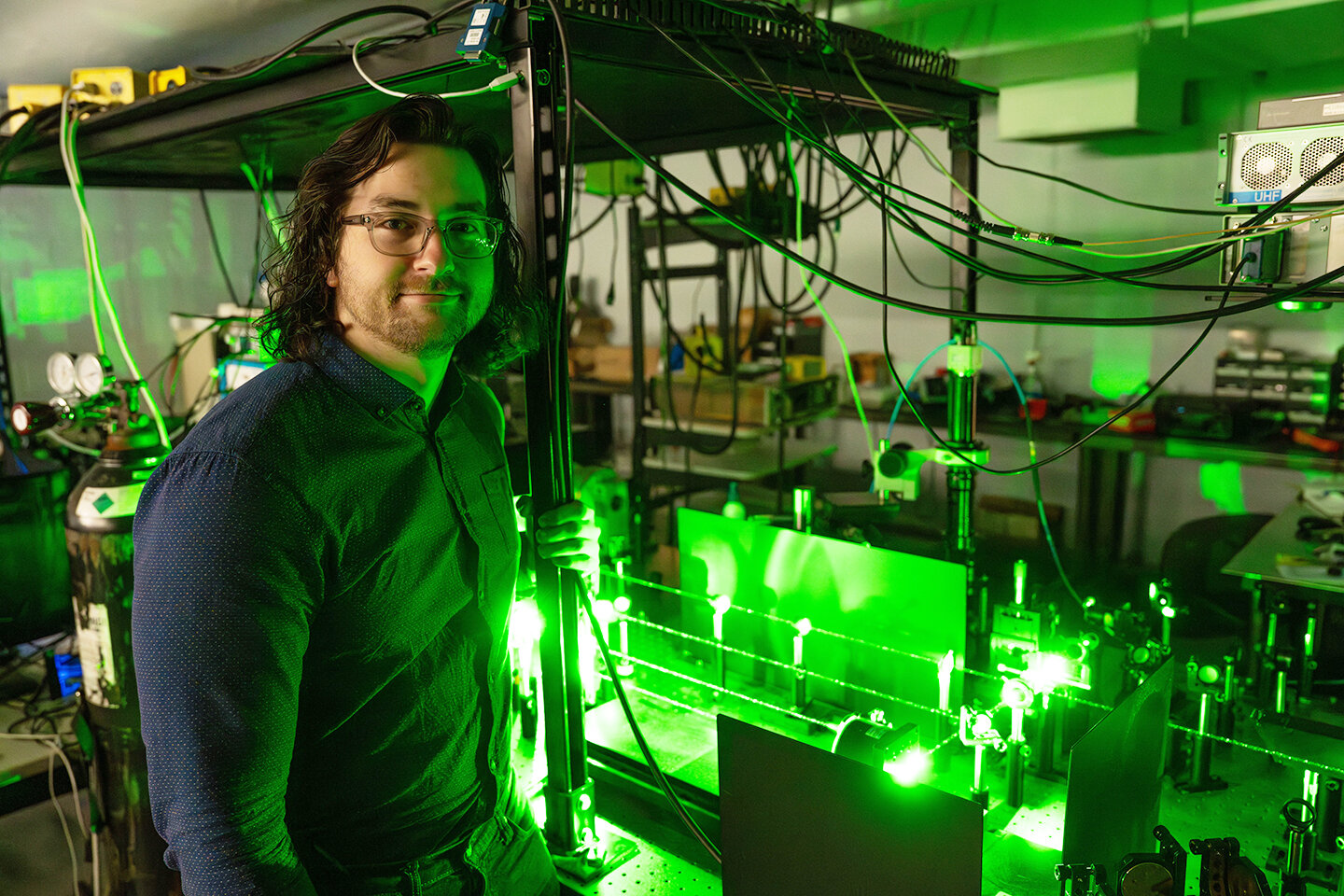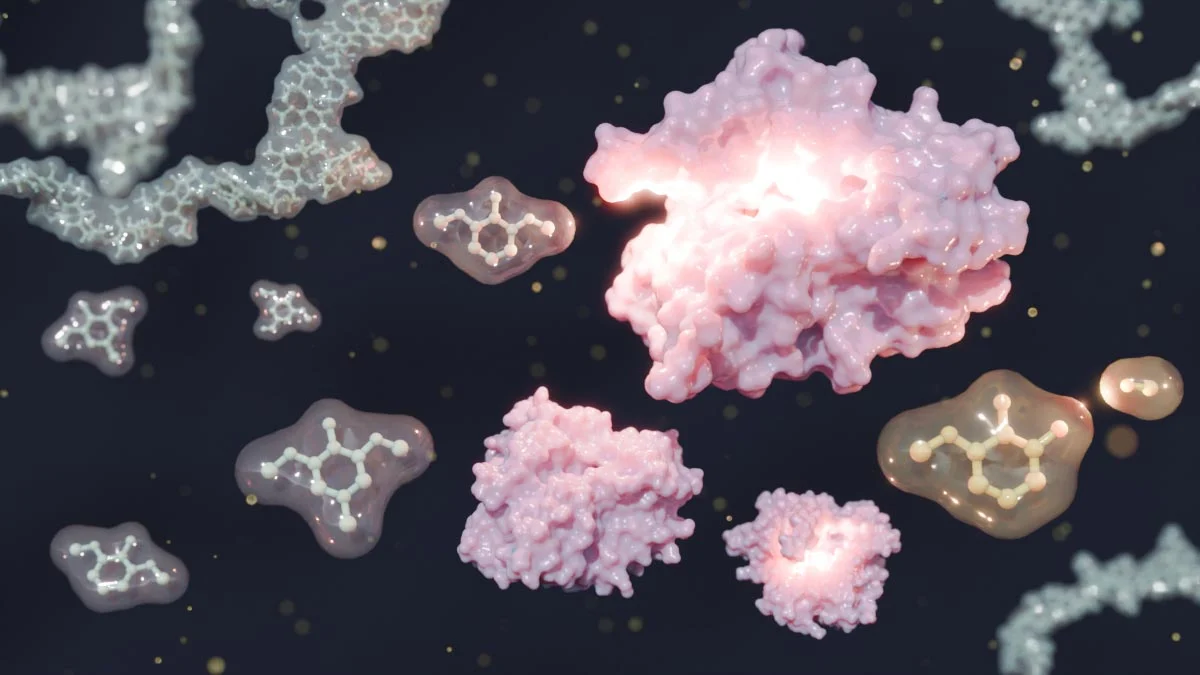Revolutionising Lung Cancer Detection With Artificial Intelligence
Imagine a technology so advanced, it can detect moving lung tumors in medical scans faster and more accurately than even expert doctors. That’s exactly what iSeg, a new AI tool developed by researchers at Northwestern University, is now making possible. This innovation could transform how we treat one of the deadliest forms of cancer.
The Challenge: Lung Tumors That Move With Every Breath
Targeting lung cancer with radiation is incredibly complex. Why? Because lungs are constantly in motion. As patients breathe, tumors shift position, making it difficult for radiologists to precisely locate and treat them. Traditional methods of manually drawing tumor outlines on CT scans are not only time-consuming but can also miss parts of the tumor, especially the high-risk areas.
Manual Mapping Leaves Room for Error
Doctors currently trace tumors by hand, frame by frame, across a patient’s breathing cycle. This process varies widely between physicians and hospitals, leading to inconsistencies in treatment and outcomes. Even highly trained specialists can miss subtle movements or tumor edges, especially in complicated cases.
Enter iSeg: AI-Powered Tumor Mapping at Breath-Taking Speed
iSeg stands for “intelligent segmentation,” and it lives up to its name. This deep-learning model analyzes CT scans and automatically creates detailed 3D maps of lung tumors, accounting for how they move while the patient breathes. The tool has been trained on scans from nine different hospitals, enabling it to adapt across patient types, scan quality, and imaging systems.
As Accurate As Expert Doctors—Only Faster
In clinical testing, iSeg matched or exceeded the performance of professional radiologists. It was particularly effective in identifying tumor regions that experts sometimes miss—those high-risk zones that are most vulnerable to spreading or resisting treatment.
Why iSeg Matters: Speed, Precision, and Equality in Care
By automating a labor-intensive part of cancer treatment planning, iSeg speeds up the entire process. This helps ensure that all patients—regardless of where they’re being treated—receive high-quality, timely care. It reduces variability, improves consistency, and frees up clinicians to focus on other aspects of patient care.
A Leap Toward Personalised, Precise Oncology
With iSeg, radiation therapy can be more accurately tailored to each patient’s unique anatomy and tumor behavior. That means fewer side effects, more effective treatment, and potentially better survival rates.
The Future of AI in Medicine Is Already Here
As artificial intelligence continues to evolve, tools like iSeg could become standard practice in oncology departments worldwide. This breakthrough marks just one example of how machine learning is reshaping our approach to complex diseases—and giving patients a fighting chance through smarter, faster, and fairer treatment.
What Else Can AI Do in Medicine?
The iSeg system is just the beginning. Curious about how AI is uncovering hidden diseases, personalizing therapies, and even helping with early diagnosis? Keep exploring at DailySciTech.com and discover the future of healthcare unfolding today.
Reference: “Deep learning for automated, motion-resolved tumor segmentation in radiotherapy” by Sagnik Sarkar, P. Troy Teo and Mohamed E. Abazeed, 30 June 2025, npj Precision Oncology.
DOI: 10.1038/s41698-025-00970-1
Daily science news 2025, Best science blogs, New science research 2025, Popular science articles, Latest science news 2025










